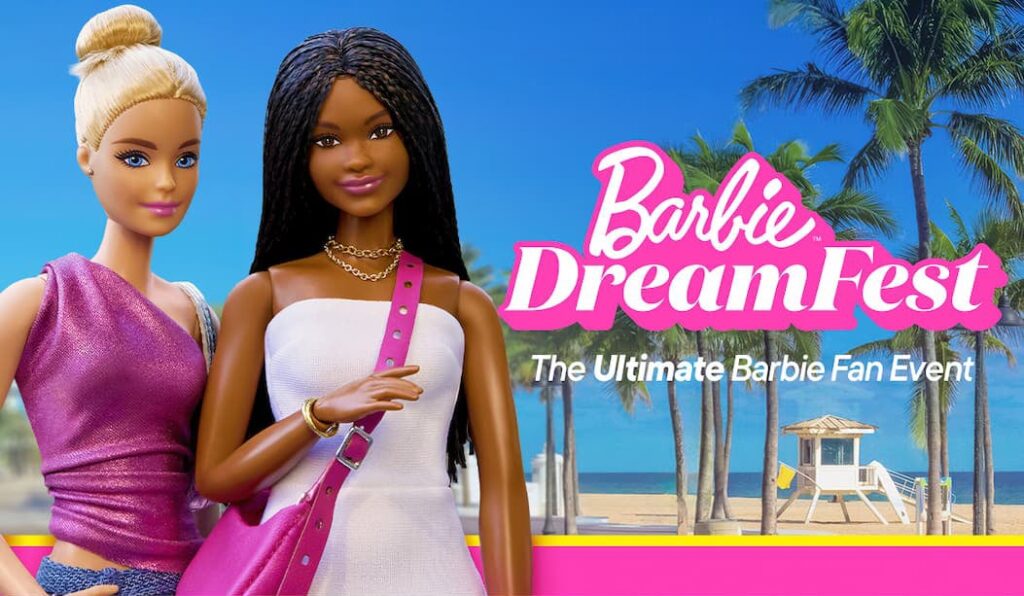Curly hair can be a challenge to keep under control. For the NaturallyCurly Network, the challenge is getting a clear picture of not only the consumers with those luxurious manes, but the stylists who care for them.
The Austin, TX-based Network is a collection of four sites—the flagship NaturallyCurly.com, which attracts 600,000 unique visitors per month; CurlMart.com, an ecommerce site; CurlyNikki.com, a hair care expert forum; and CurlStylist, a B-to-B professional community.
The target audience on the B-to-B side is stylists who own a salon or rent a chair at a salon and specialize in curly hair. “They know all the different types of treatments, and they like to talk to each other and consumers,” says Christopher Burkhart, the recently appointed CMO. “B-to-B is a growth opportunity for us—as you can imagine, the stylist area is very fragmented, and stylists want to be found by consumers. And we want to make it easier for consumers to find, review and rate stylists in their area.”
Growing Strands
NaturallyCurly experienced over 30% growth during the first quarter of 2011, with over one million unique visitors to the sites overall. And that’s not surprising, given the size of the potential market.
“The curly hair market is a targeted but very passionate demographic,” says Burkhart, noting that depending on which survey you look at, between 50% and 65% of US consumers have curly hair—L'Oreal says 65% The African-American market accounts for 13% of the population and more than one-third of hair-care sales, according to WWD.
While hair-care product sales aren’t broken down by hair type, over the last 10 years, all major hair-care brands have developed product lines specifically for curly hair, including such brands as Redken, Bumble and Bumble, Pantene, Tresemme and John Frieda. “Several companies, including Tigi and AG Hair Cosmetics, say their curly hair styling cream is the top selling SKU out of all their products because women with curly hair use more product and thus buy more products,” says Burkhart.
That is reflected in NaturallyCurly’s own market research, which found that readers buy an average of 3-5 products per month, compared to the average straight-haired consumer, who buys only one product per month.
But, there is much less known about the stylists/salons who specifically cater to curly hair, says Burkhart. “There are at least 1 million stylists in the U.S. Some of these specialize in curly hair but it is currently unknown how many. We see a significant opportunity in driving education to all stylists on how to style curly hair through our CurlStylist platform.”
Database marketing analysis to better target communications overall is one way NaturallyCurly will approach this. Another key initiative for 2011 is starting a Texture Trends market study that will periodically survey both the stylist and consumer communities to get information on the latest trends they are seeing and experiencing.
Searching for Salons
The biggest traffic driver for the family of sites right now is organic search, with email newsletters coming in second. “Paid search is a big opportunity for us right now, we’re digging into that,” he says.
The success of the keywords is very dependent upon the goal of the AdWords campaign, says Burkhart. “For example if we are trying to convert sales on our CurlMart site, we see strong results with specific terms such as ‘kinky-curly products’ or ‘Carol's Daughter shampoo.’ If we are just trying to draw traffic to a site, we can see success on [general] keywords like ‘curly hair’ or ‘styling curly hair.’
Curl Stylist sends out a weekly enewsletter to a circulation of about 10,000 salon owners and stylists, as well as additional sponsored emails about twice a month. The consumers sites also mail on about the same schedule—Naturally Curly’s circulation is 75,000; CurlMart, 75,000; and Curly Nikki, 35,000. The newsletters are a combination of three information stories and three promotional items, which are a combination of paid advertising and in-house promotion.
The NaturallyCurly Network is set to launch its first mobile application in June. While it will primarily target consumers with functions like a “Frizz Forecast” (enter your hair type and geographic location for styling tips), a salon finder is being considered as well to help the B-to-B constituency.
Brands Intertwined
While the flagship Naturally Curly site is by far the biggest of the four in the network, there is an opportunity to grow on the B-to-B side, says Burkhart. And there is crossover potential—some of the stylists are consumers as well, and often purchase products for themselves, their salon or customers on the ecommerce site.
Although offline promotion such as direct mail isn’t a part of the marketing plans, meet-ups for people with naturally curly hair at salons nationwide are a popular sponsorship outlet. And the company is carefully considering and refining its presence and voice in social media. “There’s almost too many opportunities, so we need to evaluate the best path for growth,” he says.




